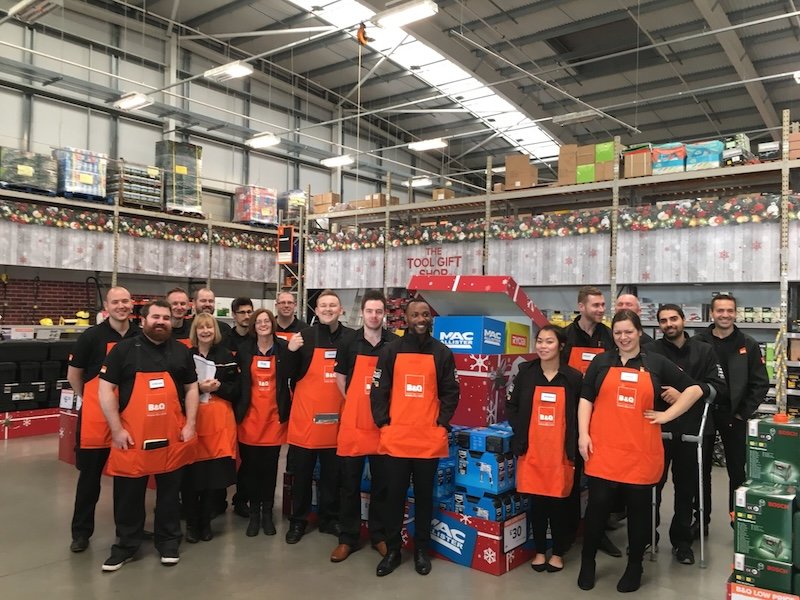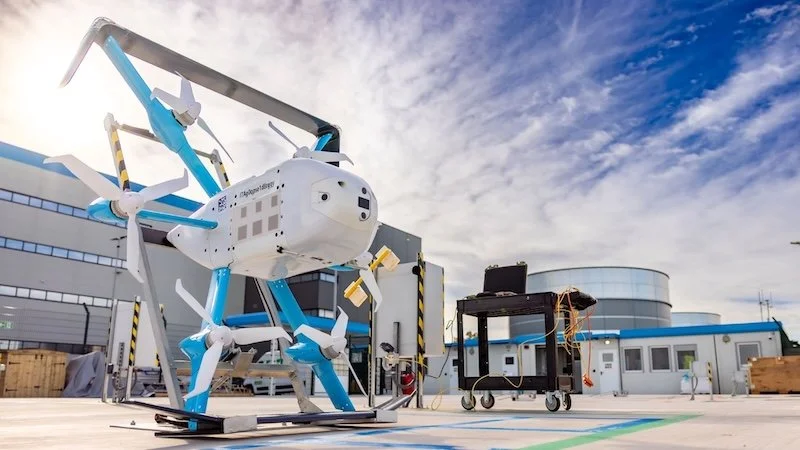Theft prevention and omnichannel efficiency key concerns in Incisiv 2024 Connected Retail Experience Study
The 2024 Connected Retail Experience Study carried out by Incisiv, on behalf of Verizon and Cisco, shows that retailers are actively seeking innovative technologies to revolutionise omnichannel efficiency; mitigate increasing retail theft, with 92% placing this as a priority; and in order to drive AI driven automation to address critical labour shortages.
The cost of living (COL) crisis is no doubt driving the focus on in-store and other theft prevention with only 52% citing that as a priority in last year’s report.
98% of business executives and 85% of IT executives now cite loss prevention as the most important outcome for any investment in store systems.
The ongoing multi-year report surveyed 161 retail executives in 2024 with 52% of respondents in specialty & department stores and 48% in the grocery & general merchandise arena.
Typical retail job titles included director (43%), vice president (29%), manager 13%; and chief experience officer (CXO - 4%), among others.
Other key findings from the 2024 Connected Retail Experience Study, include:
Omnichannel efficiency is vital, but underachieved so far: Store efficiency on- or offline is the number one driver of retail business strategy, enhancing customer satisfaction and profit margins. However, only 36% of grocery and general merchandise retailers expressed satisfaction with their current technology infrastructure.
Automation and AI has significant potential, but understanding is limited: A mere 14% of retailers have a common understanding of AI across the organisation. Although retailers estimate 72% of store tasks can be fully or partially automated, only 33% have been automated to date. This adversely impacts efficiency but does illustrate the potential for improvement.
Retailers have a digital associate experience problem: Only 11% of retailers meet the digital experience expectations of their Gen Z store associates. Just 26% of grocery and general merchandise retailers are pleased with the technological tools available to their staff.
The purpose of the multi-year study is to better understand retail’s digital transformation.
Over the past few years, the study has focused on understanding the technology priorities, challenges and baselining trends of in-store technology adoption.
But this year’s 2024 study compared retail segments and lines of business versus the technology options to better understand if tech priorities have changed and if workforce’s expectations have been met?
Artificial intelligence (AI) and the outlook for increased automation – impacting efficiency and omnichannel customer experiences (CX) – were also considered in 2024.
According to Gaurav Pant, Chief Insights Officer at Incisiv, the retail paradigm is changing. "Bridging the omnichannel gap is not just a matter of competitive advantage but a necessity for survival,” he said. “Adopting new automation technologies is the frontier for differentiation.”
“The disparity in digital experience for store associates, especially among Gen Z, is more than just a technological shortfall,” he added. “It's a wake-up call. Retailers must accelerate their digital initiatives to empower their workforce.”
For James Hughes, Retail CTO at the sponsoring Verizon Business, he is aware that retailers “networks will be stressed like never before”, as they deploy AI powered live video analysis to tackle loss prevention and real-time inventory tracking – all of which demands more bandwidth and speed.
As retailers continue on their digital transformation journeys, Hughes believes it is “imperative to bring together disconnected systems to create powerful, modular and intelligent solutions that can enable new functionalities, smarter insights and faster decision-making.”
Mark Scanlan, Global Industry Lead for Retail at the other sponsors, Cisco, found the “most striking” element of the research to be the distinct gap it highlighted between the business needs expressed by those responsible for retail operations, and the perceived needs and resultant capabilities provided by their existing technology platforms.
“This will ultimately result in the business deploying shadow IT solutions,” he said, “in order to deliver the functionality they need.”















Continue reading…